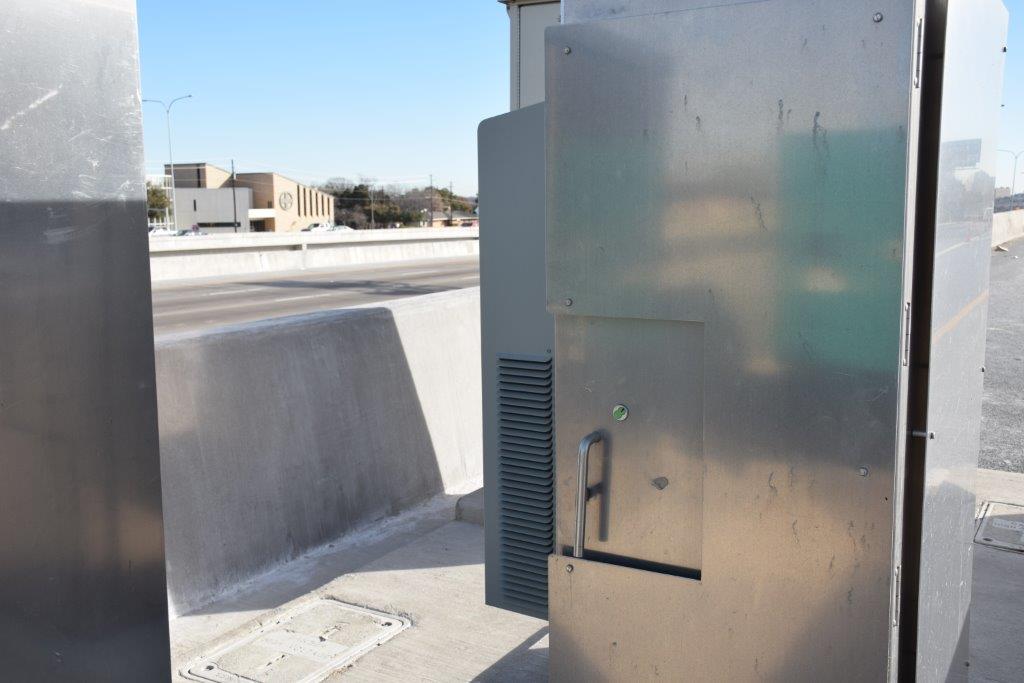The Top Heat Transfer Considerations for Electrical Enclosures
 Modern industry practice focuses on designing electrical components that are faster, smaller and more cost effective. A common result of product miniaturization is an increase in heat density. Combined with the use of smaller space saving electrical enclosures, temperature sensitive equipment is more stressed than ever.
Modern industry practice focuses on designing electrical components that are faster, smaller and more cost effective. A common result of product miniaturization is an increase in heat density. Combined with the use of smaller space saving electrical enclosures, temperature sensitive equipment is more stressed than ever.
Extreme heat along with sudden temperature fluctuations negatively impact electrical components. Many manufacturers now routinely supply equipment that’s designed to operate at temperatures that are as high as 140°F. Electrical devices such as VFDs require lower maximum operating temperatures and are often limited to 105°F (40°C).
One rule of thumb suggests the lifespan of electrical equipment is cut in half for every 18°F (10°C) above 70°F (21°C). An electrical enclosure air temperature of 95°F (35°C) is commonly recognized as a good compromise. To ensure long lasting reliable operation of electrical equipment, considering heat transfer options early in the design phase is crucial.
Early Planning With Heat Transfer in Mind
Two important factors to consider when determining the amount of heat that can be dissipated from an electrical enclosure are the total exposed surface area of the enclosure and the proposed location. A centrally located indoor enclosure can dissipate more heat than one mounted to a wall or placed into a corner. In addition to the internal heat load being generated by the components inside the enclosure, outdoor electrical enclosures will experience additional heat gain from the sun.
Once the proposed enclosure location and environmental conditions such as the maximum ambient temperature is known, it can be determined if the electrical enclosure can be naturally ventilated, cooled by filtered fans or will require a closed loop cooling system. A useful tool to help determine the type of enclosure cooling needed is an online Enclosure Temperature Management Calculator that calculates the total heat load and recommends cooling options.
Top Heat Transfer Options for Electrical Enclosures
Once the heat load has been calculated and environmental parameters are known, the ideal method used to transfer the heat out of an electrical enclosure can be chosen:
- Filtered fans are best for applications with clean ambient air and low humidity where ambient temperatures are lower than the desired internal enclosure air temperature. NEMA Types 1 and 3R rated electrical enclosures will keep the elements out while the filtered fans maintain ideal component temperatures with forced air movement.
- Air-to-air heat exchangers use heat pipe technology to transfer heat from the enclosure to the outside and functions where the ambient temperature is lower than the internal electrical enclosure air temperature. Separate air circuits keep dust out of well-sealed NEMA Type 12, 4 and 4X electrical enclosures.
- Air conditioners are ideal where the ambient temperatures are generally 130°F or lower and environmental conditions are harsh, containing heavy dust, debris or airborne chemicals. Air conditioners are a closed loop system for use with NEMA Type 12, 4 and 4X electrical enclosures.
Transferring Heat Out of Electrical Enclosures Pays Off
Electrical enclosure heat transfer considerations should begin with proper planning in the design phase. Knowing the enclosure location, maximum ambient temperature and heat load will help determine the size and type of thermal management system needed to ensure electrical components are properly cooled promoting a long reliable life.
Since cooling requirements of electrical enclosures vary considerably, a careful analysis of the environmental requirements should be made before choosing the ideal thermal management system. For technical help contact the experts at Thermal Edge to find the best electrical enclosure cooling solution for your application.

